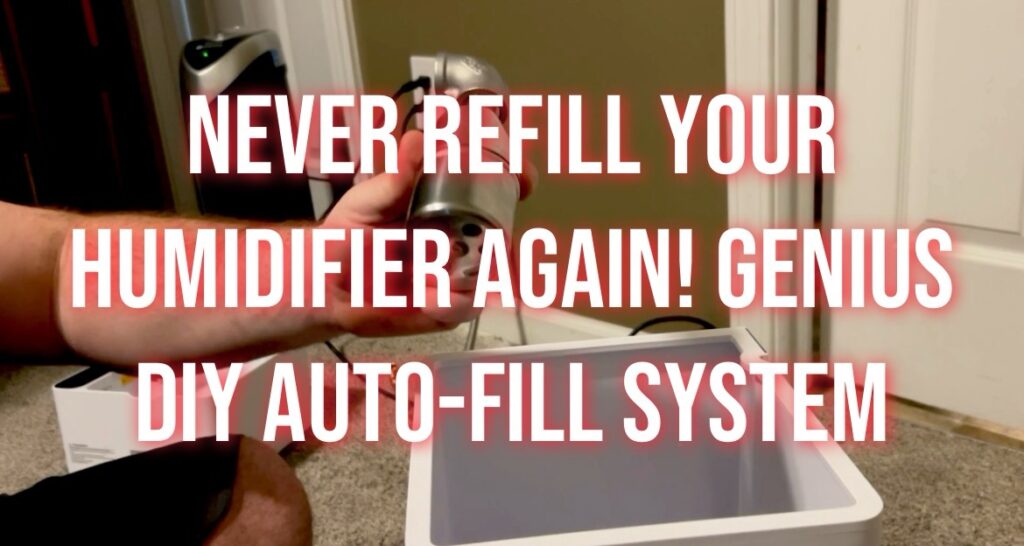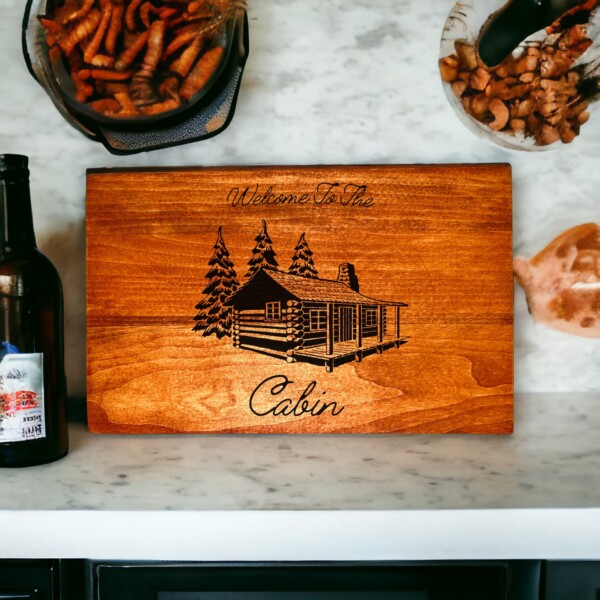
Tree and Stump Removal: What Every Homeowner Needs to Know
If you’ve got an unwanted tree or an old stump taking up space in your yard, you’re probably wondering what the best way to remove it is. Tree and stump removal isn’t just about improving the look of your property—it’s also about safety, preventing regrowth, and avoiding costly damage to sidewalks, driveways, or underground pipes.
Some homeowners try the DIY approach, while others call in professionals. But which one is best for you? It depends on the size of the tree, the condition of the stump, and whether you have the right tools for the job. A full-grown tree can be dangerous to cut down yourself, while an old stump might only need a little potassium nitrate to speed up decay.
Let’s break down the costs, best removal methods, and what you need to know before tackling this job yourself.

How Much Should Tree and Stump Removal Cost?
The cost of tree and stump removal varies depending on several factors, including the size of the tree, the stump’s diameter, and whether professional help is needed.
- Tree removal costs: On average, removing a small tree (under 30 feet) can cost $150 to $500, while large trees (50 feet or more) range from $1,000 to $2,000.
- Stump removal costs: Hiring a pro for stump grinding typically costs between $75 and $500, depending on stump size and depth.
- DIY stump removal: If you want to save money, consider using a stump remover like Prilled Potassium Nitrate Powder, which helps the stump rot faster, making removal easier.
For those who want to avoid professional fees, there are budget-friendly ways to remove a tree stump at home, which we’ll cover in the next section.

Tree Removal and Stump Grinding: Which One is Right for You?
If you’re dealing with a tree stump, you have two main options: grinding or full removal. Both have their pros and cons, and the best choice depends on your long-term landscaping plans.
Stump Grinding
- Fast and effective – Stump grinding removes the visible portion of the stump and leaves the roots underground.
- Lower cost – Typically cheaper than full removal, especially for larger stumps.
- Prevents regrowth – While some roots remain, they eventually decay.

Full Stump Removal
- Best for replanting – If you want to plant a new tree in the same spot, full removal is necessary.
- More labor-intensive – Removing the entire stump, including the roots, requires digging or heavy machinery.
- Higher cost – More expensive than grinding due to the extra work involved.
For those wanting to prevent stump regrowth, applying a stump killer like Fertilome Brush Killer Stump Killer immediately after cutting can stop new shoots from forming.
Up next, we’ll cover whether DIY tree and stump removal is the right option for you or if calling a pro is the smarter move.

DIY Tree and Stump Removal: Can You Do It Yourself?
Taking down a tree or removing a stump yourself can be doable—but it depends on the size of the job, your experience level, and whether you have the right tools. Before you grab a chainsaw or start digging, here’s what you need to consider.
When DIY is a Good Option
You can likely handle tree and stump removal yourself if:
- The tree is small (under 15 feet) and doesn’t lean toward a house, power lines, or other structures.
- The stump is rotting or small enough to be dug out or treated with Prilled Potassium Nitrate Powder to speed up decomposition.
- You have basic cutting tools like a chainsaw, stump grinder (available for rent), or a digging bar.

When You Should Call a Professional
Some jobs are too big or risky for DIY, including:
- Large trees (over 20 feet) or near structures—a falling tree can destroy property or cause injury.
- Extensive root systems—deep roots can damage underground pipes or foundations.
- Heavy machinery required—if a job needs an excavator or commercial grinder, it’s best to hire help.
Before attempting DIY removal, check for underground utilities to avoid hitting water or gas lines. Many states offer free utility marking services, so take advantage of that before you dig.

What is the Fastest and Easiest Way to Remove a Tree Stump?
Many wonder what the fastest and easiest way to remove a tree stump is. If you’re dealing with a stubborn stump, the fastest way to remove it depends on your budget and how much effort you want to put in. Here are the top methods ranked by speed:
1. Grinding (Fastest & Most Effective)
- Requires a stump grinder, which can be rented for about $100–$300 per day.
- Completely removes the stump down to the roots.
- Best for homeowners who want the job done quickly.
2. Chemical Stump Removal
- Using a stump remover like Prilled Potassium Nitrate Powder speeds up decay.
- Takes 4-6 weeks for the stump to soften enough for easy removal.
- Minimal effort required—just drill holes, apply the solution, and wait.
3. Digging It Out by Hand (For Small Stumps Only)
- Requires a shovel, axe, and digging bar.
- Best for shallow-rooted trees but can take several hours of labor.
4. Burning the Stump
- Works best in rural areas where burning is allowed.
- Drill holes into the stump, apply Fertilome Brush Killer Stump Killer to dry it out, then light it on fire.
- Takes a few days and must be monitored for safety.
For most homeowners, grinding or using a chemical stump remover is the best balance of speed and effort. Next, we’ll go over the cheapest DIY stump removal methods.

How to Remove a Tree Stump Cheaply (DIY Budget Tips)
Tree stump removal doesn’t have to break the bank. If you’re looking for the cheapest way to remove a tree stump, here are a few DIY methods that cost little to nothing.
1. Natural Rotting with Potassium Nitrate (Cheapest & Easiest Method)
- Drill holes into the stump and pour Prilled Potassium Nitrate Powder into them.
- Add water to activate the process and let it sit for 4-6 weeks.
- Once softened, break apart the stump with an axe or shovel.
2. Epsom Salt Method (Almost Free, But Slower)
- Similar to potassium nitrate, but instead of chemicals, use Epsom salt to dry out the stump.
- Takes several months to fully decay.
3. Burning the Stump (Free, If Allowed in Your Area)
- Drill holes and add a flammable material like kerosene or dry wood shavings.
- Ignite and monitor the burn until the stump is gone.
- Not allowed in all locations, so check local regulations first.
4. Digging It Out by Hand (Best for Small Stumps)
- Use a shovel, axe, or digging bar to manually remove the stump.
- Works well for stumps under 12 inches wide, but larger ones will be a workout.
If you want to speed up the process without paying for professional removal, the potassium nitrate method is the best balance of cost and effectiveness.

Should You Remove Old Tree Stumps or Leave Them?
If a tree stump isn’t causing immediate problems, you might be tempted to just leave it alone—but that could be a mistake. Here’s why:
Why You Should Remove Old Tree Stumps
✅ Prevents pests – Rotting stumps attract termites, carpenter ants, and rodents.
✅ Stops regrowth – Some stumps sprout new shoots that can turn into problem trees.
✅ Eliminates tripping hazards – An old stump can be dangerous, especially for kids.
✅ Improves curb appeal – A leftover stump can make your yard look messy and unkempt.
When Leaving a Stump is Okay
🚫 If the stump is far from your house and not causing issues, it might be safe to leave.
🚫 Some homeowners turn old stumps into yard décor (e.g., planters or outdoor seating).
If you decide to remove a stump, using Fertilome Brush Killer Stump Killer can prevent regrowth and decay, making the job easier.
Next, we’ll cover the fastest ways to rot a tree stump and what to avoid when removing one.

What Will Rot a Tree Stump Quickly?
If you don’t want to dig or grind a tree stump, you can speed up the natural rotting process. Here’s how to accelerate stump decay so it breaks down faster.
1. Potassium Nitrate (Fastest & Most Effective)
- Drill deep holes into the stump and pour Prilled Potassium Nitrate Powder inside.
- Add water to activate the chemical breakdown.
- In 4-6 weeks, the stump will become soft and spongy, making it easy to remove.
2. Epsom Salt (Slower but Natural Alternative)
- Similar to potassium nitrate, but works much slower—expect 6 months to a year for results.
- Dehydrates the stump, causing it to rot over time.
3. Compost & Soil Cover (Eco-Friendly Rotting Method)
- Cover the stump with a mix of compost, soil, and mulch to encourage fungal and bacterial growth.
- Works naturally but takes years to fully decompose.
4. Fungus & Mushroom Inoculation
- Some homeowners introduce wood-decay fungi to the stump to break it down faster.
- Takes time but is a chemical-free option for those who prefer natural decay.
For the fastest results, potassium nitrate is the best choice. If you want a natural alternative, Epsom salt or composting can work, but it takes patience.

Common Tree and Stump Removal Mistakes to Avoid
Tree and stump removal can be dangerous and expensive if done incorrectly. Here are some mistakes homeowners make and how to avoid them.
1. Not Checking for Underground Utilities
- Before digging or grinding, call 811 to have underground water, gas, and electrical lines marked.
- Hitting a pipe or wire can lead to major repair costs and safety hazards.
2. Using the Wrong Tools
- A small chainsaw isn’t enough for large trees—it can bind up and cause kickback injuries.
- Removing a stump without a grinder can take weeks if you don’t use a chemical breakdown method like Prilled Potassium Nitrate Powder.
3. Ignoring Stump Regrowth
- Some tree species sprout new growth from a cut stump.
- Apply Fertilome Brush Killer Stump Killer immediately after cutting to prevent regrowth.
4. Leaving the Stump Hole Unattended
- After removal, backfill the hole with soil and pack it down to prevent sinking.
- If left open, it can collect water and attract mosquitoes.
Avoiding these mistakes will save you time, money, and frustration. Next, we’ll go over what to do after removing a tree and stump to keep your yard looking great.

After Tree and Stump Removal: What’s Next for Your Yard?
Once the tree and stump are gone, you’re left with a big empty spot in your yard. Instead of leaving it as an eyesore, here’s how to restore the area and improve your landscape.
1. Fill and Level the Hole
- Use a mix of topsoil and compost to fill the hole left by the stump.
- Pack it down to prevent sinking over time.
- If you plan to plant something new, mix in some fertilizer for healthier soil.
2. Replant Grass or a New Tree
- If you want a lawn instead of a tree, spread grass seed and keep the soil moist.
- Want another tree? Make sure to plant at least 3 feet away from where the old stump was to avoid leftover root interference.
3. Keep Your Yard Pest-Free
- Stumps attract termites, ants, and other insects, so make sure the area is completely cleared.
- If pests are a concern, check out Effective Non-Toxic Ways to Repel Hornets, Wasps, and Bees.
4. Upgrade Your Outdoor Space
- Consider using the cleared area for a patio, garden, or firepit.
- If you want ideas for turning your yard into a relaxing space, check out Creating a Relaxing Outdoor Oasis.
5. Organize Your Tools for Future DIY Projects
- If this project was a success, you might be ready for more!
- Keep your tools neat and accessible with DIY Tool Organizer: Store Your Long-Handled Instruments with Ease.

Tree and stump removal is a tough job, but with the right approach, you can save money, avoid mistakes, and restore your yard beautifully. Whether you DIY or hire a pro, using the right tools—like Prilled Potassium Nitrate Powder for rotting stumps and Fertilome Brush Killer Stump Killer for preventing regrowth—makes all the difference.

Now that your yard is clear, what’s your next DIY home improvement project? 🚀
As an Amazon Associate we earn from qualifying purchases through some links in our articles.



